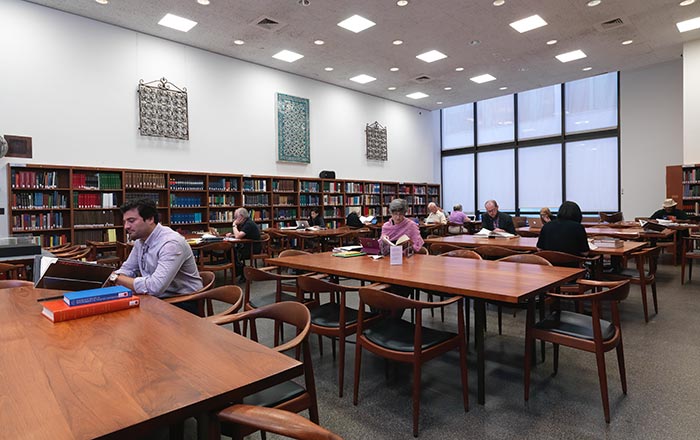A Descriptive Atlas of the Cesnola Collection of Cypriote Antiquities in the Metropolitan Museum of Art, New York (1885–1903)
Author Luigi Palma di Cesnola American
Introduction by Ernst Curtius
Not on view
Luigi Palma di Cesnola (1832–1904) can accurately be called a soldier of fortune. Born in Turin, Italy, he emigrated to the United States about 1858 after serving in the Crimean War. In 1862 he joined the Union army in the Civil War, ultimately rising to the rank of brigadier general. In 1865 he went to Cyprus as American consul and took up archaeological excavation as a productive way of spending his time. He returned to America with about 35,000 objects and, after much effort, succeeded in selling a large selection to the Metropolitan Museum. In 1879 he became the Museum's first director. Consisting of six quarto volumes, the "Cesnola Atlas" was published to present the collection of Cypriot antiquities to the scholarly world.
Illustrated: vol. 1, plate 88, no. 585, Hercules: statue of calcareous stone, found in the field west of the temple at Golgoi
Due to rights restrictions, this image cannot be enlarged, viewed at full screen, or downloaded.


